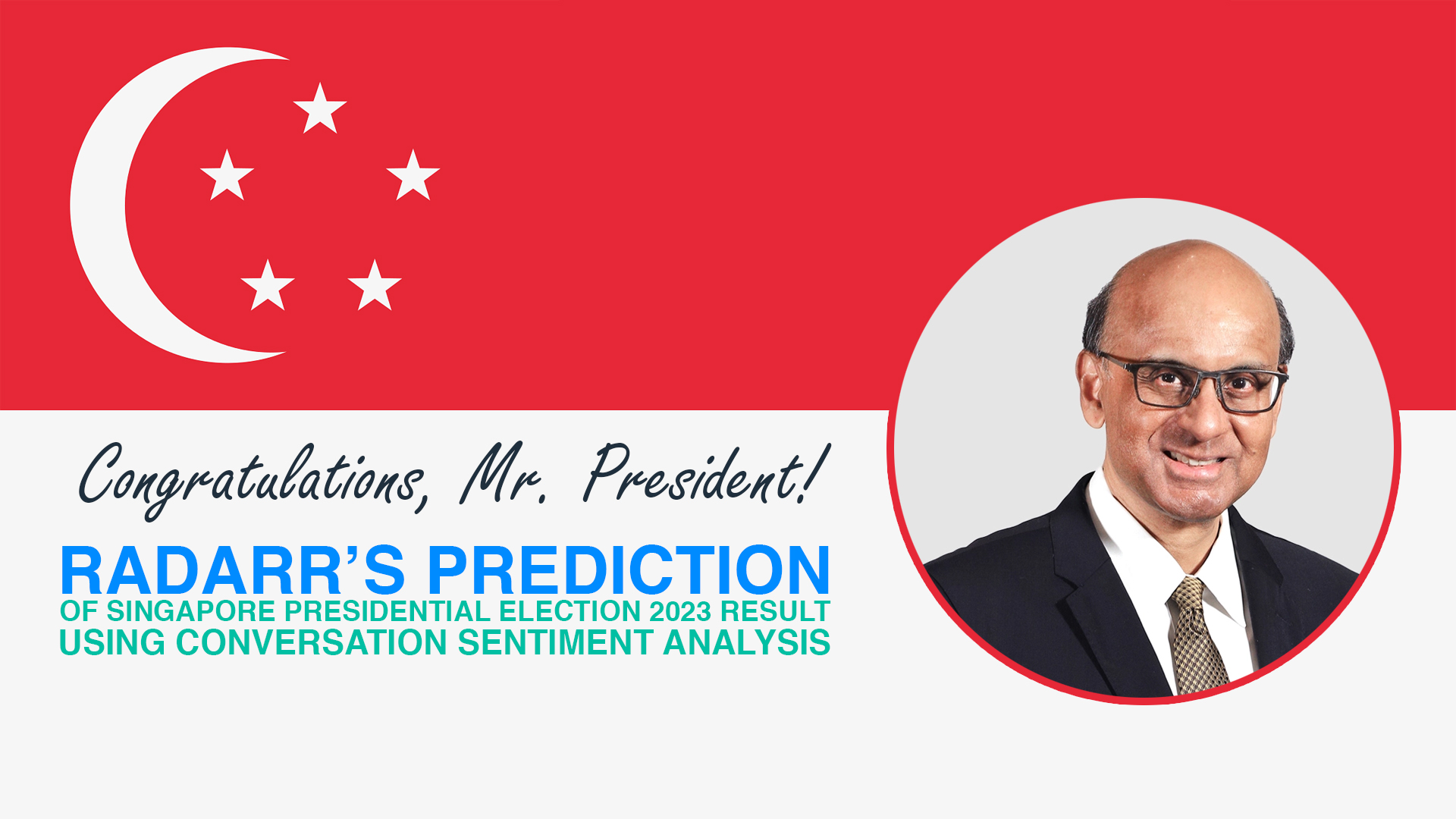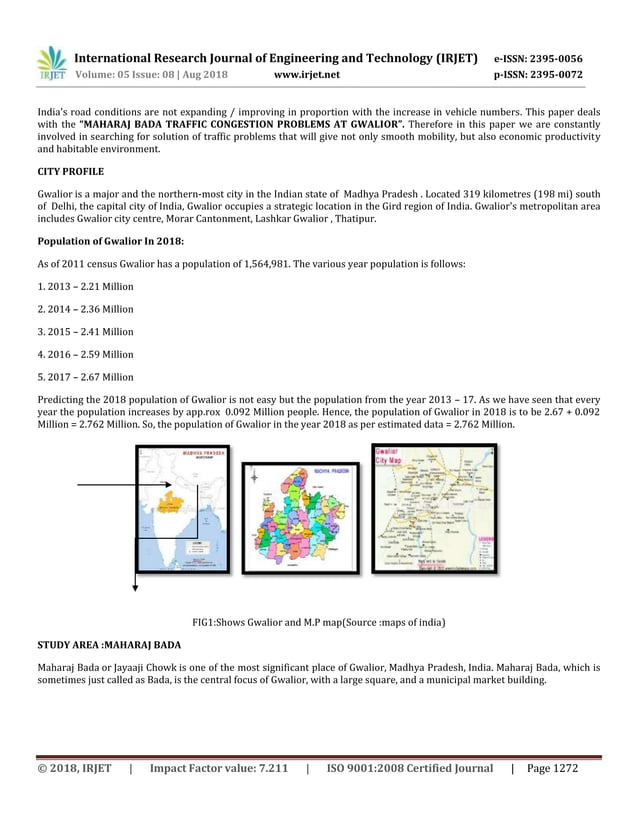Singapore's General Election: Assessing The PAP's Dominance

Table of Contents
The PAP's Enduring Electoral Strategy
The PAP's sustained electoral success is not accidental; it's the result of a meticulously crafted and consistently refined strategy across multiple fronts.
Effective Governance and Economic Management
The PAP's narrative is deeply intertwined with Singapore's remarkable economic progress. This success fuels their electoral dominance.
- Focus on economic growth and stability: Decades of consistent economic growth have fostered a sense of security and prosperity among Singaporeans.
- Emphasis on meritocracy and efficient public services: The PAP emphasizes a meritocratic system, aiming for efficient and effective public services. This resonates with voters who value competence and results.
- Strong emphasis on housing policies (HDB flats): The Housing Development Board (HDB) flat program has provided affordable housing for the majority of Singaporeans, a cornerstone of the PAP's social contract.
- Investment in infrastructure and education: Significant investments in infrastructure and education have contributed to Singapore's high quality of life and global competitiveness.
The impact of these policies is undeniable. Singapore consistently ranks highly in global indices measuring economic competitiveness, quality of life, and ease of doing business. This translates directly into public satisfaction and electoral support for the PAP. Data on GDP growth, public satisfaction surveys, and homeownership rates all reinforce this narrative.
Well-Oiled Campaign Machine and Grassroots Organization
Beyond policy, the PAP possesses a highly effective political machine.
- Extensive network of community centers and grassroots organizations: The People's Association (PA) and its network of community centers play a crucial role in connecting the PAP with the electorate at the grassroots level.
- Targeted campaigning strategies: The PAP employs sophisticated data-driven campaigning strategies, tailoring their messages to resonate with specific segments of the population.
- Effective use of media and social media: The party leverages traditional and new media effectively to control the narrative and disseminate its message.
- Strong party discipline and unity: A hallmark of the PAP is its internal cohesion and discipline, presenting a united front to the electorate.
The PA's extensive reach allows the PAP to effectively address local concerns and build strong relationships with residents. Their use of social media reflects a modern approach to campaigning, tailoring their messages to different demographics. The party’s internal unity projects an image of stability and competence.
Addressing Voter Concerns and Adapting to Change
The PAP's continued success lies partly in its ability to adapt and address evolving concerns.
- Addressing issues of cost of living, housing affordability, healthcare accessibility: The PAP consistently addresses pressing issues like rising costs of living, healthcare affordability and ensuring adequate housing supply.
- Adapting to evolving social issues (LGBTQ+ rights, immigration): While gradual, the PAP demonstrates responsiveness to evolving social norms, albeit often cautiously.
- Strategies for engaging younger voters: The PAP acknowledges the need to engage younger, more digitally-savvy voters through innovative approaches.
The government’s recent initiatives aimed at alleviating the cost of living and improving healthcare accessibility highlight their responsiveness. Similarly, the ongoing dialogue around social issues, even if measured, showcases an attempt to engage with changing social dynamics. The PAP’s understanding of the evolving concerns of younger voters is crucial to maintaining their support base.
The Opposition's Performance and Challenges
While the PAP dominates, the opposition parties face significant hurdles.
Fragmented Opposition and Lack of Nationwide Appeal
The opposition landscape presents challenges to a cohesive challenge to the PAP.
- Challenges faced by opposition parties in forming a unified front: A fragmented opposition struggles to present a united front, diluting their impact.
- Limited resources compared to the PAP: The opposition lacks the extensive resources and funding of the ruling party, hindering their campaigning efforts.
- Difficulty in gaining nationwide support outside of specific constituencies: Many opposition parties struggle to gain traction beyond specific constituencies, hindering their ability to win a significant number of seats.
The historical performance of opposition parties reveals a pattern of isolated successes, rather than broader electoral gains. The electoral system itself also presents a structural challenge to the opposition's ability to gain power.
Building Trust and Overcoming Negative Perceptions
The opposition needs to overcome deep-seated perceptions to gain broader support.
- Addressing concerns about credibility and experience: The opposition often faces skepticism about their ability to govern effectively.
- Improving communication and outreach to broader segments of the population: Effective communication and outreach remain crucial for expanding their voter base.
- Building public trust and confidence: Rebuilding trust is a long-term project requiring consistent demonstration of credibility and competence.
Overcoming the ingrained public perception of the PAP’s strength and competence is a major hurdle for the opposition. They must build trust and demonstrate a viable alternative.
Evolving Political Discourse and Opportunities for the Opposition
The digital age offers both challenges and opportunities.
- Increased use of social media and online platforms: Social media allows the opposition to bypass traditional media and reach a wider audience.
- Growing awareness of social issues and demands for greater transparency: Increased awareness of social issues creates fertile ground for the opposition to capitalize on public sentiment.
- Potential for shifting public opinion: Public opinion can shift, presenting opportunities for the opposition to gain traction.
Social media offers the opposition a powerful tool for disseminating information and engaging directly with voters. The growing awareness of social and economic inequality creates opportunities to offer alternative solutions and narratives.
Future of Singapore's Political Landscape
The future of Singaporean politics remains open to several potential scenarios.
Maintaining Stability vs. Embracing Change
The balance between stability and change will be key in shaping the future.
- Balancing the need for political stability with the demands for greater political pluralism: Singapore faces the challenge of navigating between preserving stability and allowing for greater political diversity.
- Adapting to the changing demographics and expectations of the electorate: The PAP needs to adapt to a changing electorate with different priorities and expectations.
- Potential for increased competition in future elections: The potential exists for increased competition in future elections, challenging the PAP’s long-standing dominance.
Maintaining political stability while allowing for more open political discourse is a delicate balance. The PAP’s future success relies on its ability to address evolving societal needs and engage with a more demanding electorate. The opposition's performance in gaining public trust and presenting a cohesive alternative will also significantly impact the future political landscape.
Conclusion:
The continued dominance of the PAP in Singapore's General Elections is a complex phenomenon stemming from a combination of effective governance, a well-organized party machine, and adept strategies for addressing voter concerns. However, the opposition continues to face significant challenges in consolidating its support and posing a credible alternative. The future political landscape of Singapore will depend on the PAP's ability to adapt to evolving societal expectations and the opposition's success in building greater public trust and a more unified presence. Understanding the dynamics of Singapore's General Election, particularly the factors contributing to the PAP's dominance, is crucial for anyone seeking to comprehend the intricacies of Singaporean politics. Further research into the strategies employed during future Singapore's General Elections will undoubtedly offer valuable insights into this evolving political landscape. Stay informed about the next Singapore's General Election to better understand the PAP’s dominance and the future of Singaporean politics.

Featured Posts
-
 Kentucky Derby 2025 Who Are The Top Jockeys To Watch
May 04, 2025
Kentucky Derby 2025 Who Are The Top Jockeys To Watch
May 04, 2025 -
 Blake Lively And Anna Kendricks Another Simple Favor Premiere A Red Carpet Reunion
May 04, 2025
Blake Lively And Anna Kendricks Another Simple Favor Premiere A Red Carpet Reunion
May 04, 2025 -
 Kentucky Derby 2025 In Depth Look At Chunk Of Golds Prospects
May 04, 2025
Kentucky Derby 2025 In Depth Look At Chunk Of Golds Prospects
May 04, 2025 -
 Darjeeling Traffic Congestion Causes And Solutions
May 04, 2025
Darjeeling Traffic Congestion Causes And Solutions
May 04, 2025 -
 Brian Tee Returns To Chicago Med Season 10 Episode 14
May 04, 2025
Brian Tee Returns To Chicago Med Season 10 Episode 14
May 04, 2025
